
Collecting Antique Telephones
1K views · Mar 31, 2024 findrarecoins.com
Antique phones come in various styles, reflecting the evolution of telephone design over the decades. Some of the notable styles include: Candlestick phones were popular in the early 20th century and featured a tall, slender design with a receiver mounted on top of a vertical stand resembling a candlestick. Wall-mounted telephones were common in homes and businesses from the late 19th century through the mid-20th century. They typically featured a boxy design with a handset hanging from a hook. Desk telephones, also known as tabletop telephones, were designed to sit on a flat surface like a desk or table. They varied in style from sleek Art Deco designs to more ornate Victorian styles. Rotary dial telephones became popular in the mid-20th century and featured a circular dial for selecting numbers. They came in various styles, including desk, wall, and standalone models. Some early telephones featured wooden casings, often intricately carved or adorned with decorative elements. These phones were typically found in upscale homes and offices. During the 1920s and 1930s, phones were often designed in the Art Deco style, characterized by sleek lines, geometric shapes, and luxurious materials like chrome and bakelite. Bakelite was a popular material for telephone casings in the mid-20th century due to its durability and ability to be molded into various shapes and colors. Bakelite phones came in a range of styles, from simple to more decorative. A variation of the candlestick phone, these were mounted on the wall but featured a design resembling the candlestick phone with a separate receiver and transmitter. Although not exclusive to antique phones, payphones have a distinct style, often featuring a rugged metal casing and a coin slot for payment. These are just a few examples, and there are many other unique styles and variations of antique phones depending on the era and manufacturer. Visit: https://findrarecoins.com/vintage-telephones/

The Art of Collecting Rare First Edition Books A Beginner...
2K views · Mar 27, 2024 findrarecoins.com
A first edition book is the very first printing of a book, making it highly sought after by collectors. It's considered the most desirable and valuable edition because it's the closest to the original work. However, not all first editions are equally valuable. The book's condition, historical significance, and rarity all play crucial roles in determining its value. To start your collection, focus on a genre, author, or period that genuinely interests you. This approach not only makes your collection personally meaningful but also helps you become more knowledgeable about your chosen niche. Remember, the essence of collecting lies in understanding and appreciating the significance of your items. The condition of a book is paramount. A book in excellent condition is far more valuable than one that shows significant wear and tear. Look for copies with intact bindings, clean pages, and, if possible, original dust jackets. However, minor flaws shouldn't deter you if the book's rarity or historical importance is significant. To find these rare gems, start with reputable book dealers, auctions, and book fairs. Online marketplaces can be useful, but it's crucial to be vigilant and conduct thorough research to avoid fakes and ensure you're getting authentic items. Collecting rare first editions is a long-term endeavor filled with learning, discovery, and a growing passion for books. Be patient, stay informed, and most importantly, enjoy the journey. We've just scratched the surface of collecting rare first edition books, from understanding their value to beginning your collection. It's a journey that goes beyond merely acquiring books; it's about preserving and cherishing literary history. Thank you for joining us on this literary journey. If you found this video enlightening, please share it with fellow book lovers. Until our next adventure, happy collecting! Visit: https://findrarecoins.com/rare-books/

Comic Books for Collectors and Investors
10K views · Mar 25, 2024 findrarecoins.com
The history of collecting, buying, selling, and trading comic books is a fascinating journey that parallels the growth and evolution of the comic book industry itself. Here's a brief overview: Early Days (Late 19th to Early 20th Century): Comic strips, the predecessors of comic books, gained popularity in newspapers in the late 19th century. Comic book collecting began as early as the 1930s, with fans saving their favorite strips or issues. However, it wasn't until the publication of "Action Comics #1" in 1938, featuring the first appearance of Superman, that comic book collecting gained significant momentum. Golden Age (1930s-1950s): The Golden Age of comic books saw the rise of iconic characters like Superman, Batman, Wonder Woman, Captain America, and others. Comics were affordable and widely available, leading to a surge in popularity. As a result, many fans began to collect and preserve their favorite issues. The Emergence of Comic Book Shops (1960s-1970s): Comic book specialty shops started to appear in the 1960s and 1970s. These stores provided a dedicated space for fans to buy, sell, and trade comics. They also served as hubs for fans to connect and share their passion for the medium. The Bronze Age (1970s-1980s): This era saw a shift in the content and tone of comics, with more mature themes and complex storylines becoming prevalent. Characters like Wolverine and the Punisher gained popularity during this time. Collecting comics became more organized, with fans seeking out specific issues to complete runs or obtain key first appearances. The Direct Market (1980s): The introduction of the direct market distribution system revolutionized the comic book industry. Instead of relying solely on newsstands and grocery stores, publishers began selling comics directly to specialty shops. This allowed for a wider variety of titles and increased opportunities for collectors to find rare or sought-after issues. Speculation Boom (1990s): The 1990s saw a speculative bubble in the comic book market, fueled by the belief that certain issues would become valuable investments. Publishers capitalized on this trend by releasing numerous variant covers and special editions. However, the market became oversaturated, and many of these comics failed to retain their value. Modern Era (2000s-Present): The advent of the internet transformed the comic book collecting landscape. Online marketplaces like eBay made it easier for collectors to buy, sell, and trade comics globally. Digital comics also became more prevalent, offering readers alternative ways to enjoy their favorite titles. Throughout this history, certain comics have achieved legendary status, fetching exorbitant prices at auctions. For example, "Action Comics #1" featuring Superman's debut is one of the most sought-after and valuable comics in existence. Additionally, the grading and encapsulation of comics by companies like CGC (Certified Guaranty Company) have become standard practices, providing collectors with a standardized way to assess the condition and authenticity of their comics. Today, comic book collecting remains a vibrant and passionate community, with collectors of all ages seeking out rare and cherished issues to add to their collections. Visit: https://findrarecoins.com/comic-books/

Exploring Baseball Card Treasures
58K views · Mar 24, 2024 findrarecoins.com
Baseball cards have a rich history intertwined with the sport itself, evolving from simple trading cards to highly coveted collectibles. Here's an overview of their history, collecting aspects, and some of the most famous and valuable cards. Visit: https://findrarecoins.com/baseball-cards/
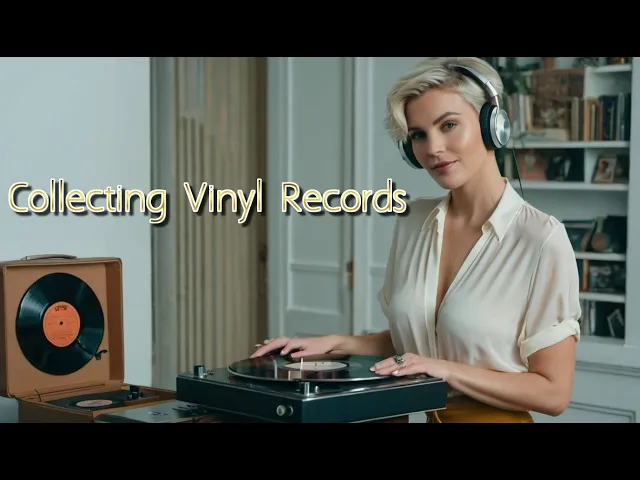
Vinyl Records Are Back And More Popular Than Ever!
7K views · Mar 22, 2024 findrarecoins.com
Collecting vinyl records has remained a cherished pastime among music enthusiasts for numerous years. Vinyl records, physical analog audio storage mediums, have experienced a resurgence in fascination and appeal in recent years. Collectors commonly prioritize records in superb condition, encompassing both the vinyl itself and the album cover. Various grading systems, such as the Goldmine Grading System, aid in evaluating vinyl record conditions, ranging from "Mint" to "Poor." Many collectors value not only the music but also the cover art and packaging. Original or distinctive album artwork can significantly enhance a record's value. Limited edition releases, colored vinyl, and rare pressings are frequently coveted by collectors. Records from independent labels, early pressings, or those with unique histories can also hold considerable value. Collectors often concentrate on specific genres or artists they are passionate about. Some prefer a wide-ranging collection, while others specialize in particular styles or eras.
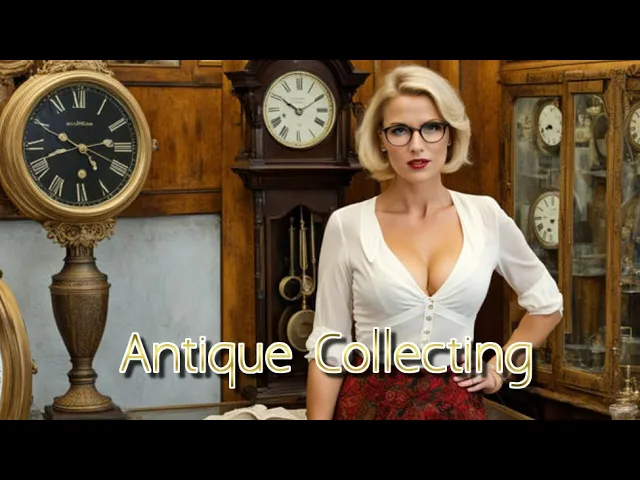
The World of Antiques and Collectibles: A Journey of Discove...
3K views · Mar 17, 2024 findrarecoins.com
Collecting and investing in antiques can be both a hobby and a lucrative venture for those with an interest in history, craftsmanship, and financial gain. Here's a comprehensive guide on the subject: Define Your Interests: Antiques encompass a wide range of items, including furniture, artwork, pottery, textiles, coins, books, and more. Determine what specifically interests you to focus your collection. Study the market trends, historical significance, and value of different types of antiques. Understanding the context and provenance of items can help you make informed decisions. Learn how to authenticate antiques to avoid purchasing fakes or replicas. This may involve studying maker's marks, consulting experts, or using scientific methods like carbon dating for certain items. The condition of an antique significantly affects its value. Look for items in good condition, or be prepared to invest in restoration if necessary. However, be cautious with over-restoration, as it can diminish the item's authenticity. Join antique clubs, attend auctions, flea markets, and antique fairs to meet other collectors, dealers, and experts. Networking can provide valuable insights and opportunities for acquiring pieces for your collection. Properly store and display your antiques to preserve their condition and enhance their aesthetic appeal. This may involve using archival materials, controlled environments, and appropriate lighting. Consider insuring your collection to protect it from theft, damage, or loss. Work with an insurance provider experienced in covering antiques to ensure adequate coverage. Long-Term Investment: Antiques are typically considered a long-term investment, with values appreciating over time. They can serve as a hedge against economic downturns and inflation. Including antiques in your investment portfolio can diversify your assets beyond traditional stocks, bonds, and real estate. However, it's essential to balance risk and liquidity with other investments. Stay informed about market trends and demand for different types of antiques. Certain categories may experience fluctuations in value based on changing tastes and historical significance. Consult with appraisers, dealers, and auction houses for expert advice on potential investments. They can provide insights into market dynamics, pricing, and authenticity. Antiques may take time to appreciate in value, so patience is key. Avoid making impulsive decisions based solely on short-term trends. Have a clear exit strategy in mind if you plan to sell your antiques in the future. Consider factors such as timing, market conditions, and potential buyers. Familiarize yourself with legal regulations and tax implications related to buying, selling, and owning antiques. Consult with legal and financial professionals for guidance. The value of antiques can be subject to market fluctuations, influenced by factors such as economic conditions, changing tastes, and supply and demand dynamics. There's always a risk of purchasing counterfeit or misrepresented antiques, which can significantly impact their value and your investment. Antiques may suffer from wear and tear over time, affecting their condition and value. Proper maintenance and conservation efforts can mitigate these risks. Antiques can be illiquid assets, meaning they may take time to sell and realize their value. This lack of liquidity can pose challenges, particularly during times when you need to access funds quickly. Properly storing and maintaining antiques can incur additional costs, including insurance, security, and conservation expenses. Collecting and investing in antiques require thorough research, patience, and a passion for historical artifacts. While they can provide both personal enjoyment and potential financial rewards, it's essential to approach this endeavor with caution and careful consideration of the associated risks. Visit: https://findrarecoins.com/antiques/
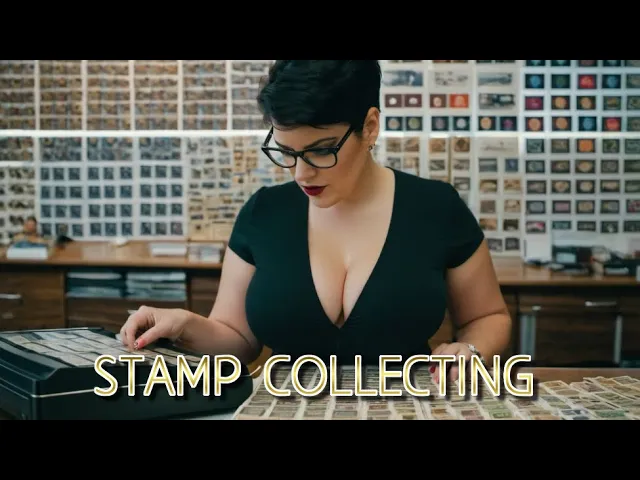
Stamp Collecting and Investing in rare Stamps
5K views · Mar 17, 2024 findrarecoins.com
Stamp collecting, also known as philately, is a popular hobby enjoyed by millions worldwide. Collectors acquire, display, and study postage stamps, as well as related materials such as covers (envelopes), postmarks, and other philatelic items. Stamp collecting can range from a casual pastime to a serious pursuit involving extensive research and investment. Stamp collecting has been around since the first postage stamps were issued in the mid-19th century. It quickly became a popular hobby due to the wide variety of stamps issued by different countries and the artistic and historical value they represent. Visit: https://findrarecoins.com/stamps/

The History of Collecting Dolls - A Journey Through Time
2K views · Mar 17, 2024 findrarecoins.com
In recent years, the demand for vintage and antique dolls has experienced a remarkable surge, a trend that has significantly impacted their prices in the collectibles market. This remarkable phenomenon can be attributed to a multifaceted set of reasons, each contributing to the growing popularity and value of these cherished playthings from the past. From nostalgia and sentimental value to rarity and investment potential, the world of antique dolls has undergone a remarkable transformation. Visit: https://findrarecoins.com/dolls/

Collectible Vintage Cameras
5K views · Apr 2, 2024 findrarecoins.com
The history of cameras spans centuries, evolving from the earliest pinhole devices to today's advanced digital cameras. Here's a brief overview: The Camera Obscura made the scene in the 11th century. Developed further by Arab scholars, camera obscura rooms utilized a small hole in a darkened room to project images from outside. This concept laid the foundation for modern cameras. In 1839, Louis Daguerre introduced the first practical form of photography, the daguerreotype, which used a polished silver plate to capture images. It marked the beginning of commercial photography. in 1841, William Henry Fox Talbot pioneered the calotype process, which used a paper negative to produce multiple positive prints. This was a significant advancement in photography. in 1888, George Eastman introduced the Kodak camera, which used roll film. This made photography more accessible to the general public, as it eliminated the need for complex equipment and darkroom processing. In 1925 the introduction of 35 millimeter film by Oskar Barnack and Leica revolutionized photography, making cameras more compact and portable. Some other well known companies began making camera's that way, and later started to produce their own 35 millimeter cameras constructions. In 1948 Edwin Land introduced the Polaroid instant camera, allowing users to develop photos on the spot. Digital cameras were developed in the 1970s and 1980s, but they were not widely available until the late 1990s. Digital cameras have since become the dominant form of photography. As for prized collectible cameras, there are several highly sought-after models due to their historical significance, rarity, or unique features. Some examples include: The Leica zero Series Produced in 1923 as the first commercially produced 35 millimeter cameras, only about 25 are known to exist, making them extremely rare and valuable among collectors. Hasselblad Lunar Surface Camera: Used during the Apollo missions, these cameras are highly coveted due to their association with space exploration. The Leica M P 2 limited edition camera was produced in 1957 to commemorate the 250th anniversary of the optical industry. Only 103 units were made, making it highly sought after by collectors. The Nikon F 3 H special high-speed version of the Nikon F3, produced for press photographers covering the 1984 Los Angeles Olympics. It's rare and highly prized among Nikon collectors. Hasselblad 500 c m Moon Camera: Similar to the Lunar Surface Camera, this model was used during the Apollo missions. It's exceptionally rare and valuable due to its association with the moon landings.
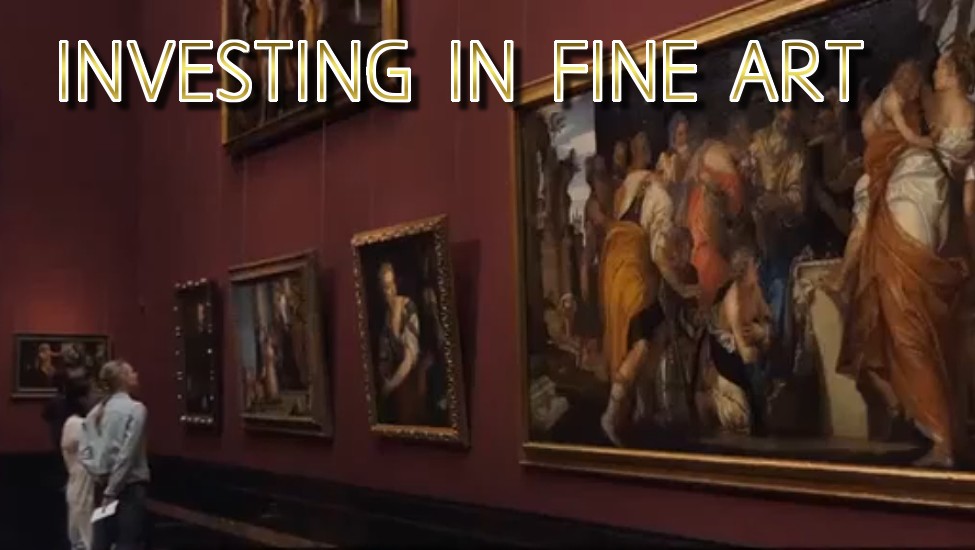
Collecting and Investing in Fine Art
1K views · Jun 4, 2024 findrarecoins.com
Collecting and investing in fine art can be a rewarding but complex endeavor that requires a combination of passion, knowledge, and financial acumen. Here's a breakdown of some key aspects: Many art collectors start because they have a genuine interest and appreciation for art. Developing a passion for the pieces you collect can make the experience more fulfilling. Understanding the art market and the specific artists or movements you're interested in is crucial. This involves researching artists' backgrounds, styles, market trends, and historical significance. Visiting museums, galleries, and attending art fairs can also provide valuable insights. Collectors often focus on specific genres, periods, or artists to create a cohesive collection. Some may collect emerging artists with potential for future appreciation, while others may focus on established names. Ensuring the authenticity and provenance (ownership history) of artworks is essential to avoid purchasing forgeries or stolen pieces. This often requires expert examination and documentation. Like any investment, the value of art can fluctuate based on market demand, trends, and the reputation of the artist. Factors such as rarity, condition, provenance, and historical significance also play a role in determining value. As with any investment portfolio, diversification can help mitigate risks. Some collectors invest in a mix of established and emerging artists, as well as different mediums (paintings, sculptures, photography, etc.). Proper storage and maintenance are essential to preserve the quality and value of artworks. This includes controlling factors like temperature, humidity, and exposure to light. Art is considered a relatively illiquid asset, meaning it can take time to sell and realize returns. Having a clear exit strategy and understanding the costs associated with selling (e.g., commissions, fees) is important. Collectors should be aware of legal issues such as copyright laws, insurance coverage, and tax implications of buying, selling, and owning art. Many collectors work with art advisors, appraisers, and dealers to navigate the art market and make informed decisions. Overall, collecting and investing in fine art can be both personally enriching and financially rewarding, but it requires careful research, due diligence, and a long-term perspective. Visit: https://findrarecoins.com/art/

Collecting and Investing in Fine Art
1K views · Jun 4, 2024 findrarecoins.com
Collecting and investing in fine art can be a rewarding but complex endeavor that requires a combination of passion, knowledge, and financial acumen. Here's a breakdown of some key aspects: Many art collectors start because they have a genuine interest and appreciation for art. Developing a passion for the pieces you collect can make the experience more fulfilling. Understanding the art market and the specific artists or movements you're interested in is crucial. This involves researching artists' backgrounds, styles, market trends, and historical significance. Visiting museums, galleries, and attending art fairs can also provide valuable insights. Collectors often focus on specific genres, periods, or artists to create a cohesive collection. Some may collect emerging artists with potential for future appreciation, while others may focus on established names. Ensuring the authenticity and provenance (ownership history) of artworks is essential to avoid purchasing forgeries or stolen pieces. This often requires expert examination and documentation. Like any investment, the value of art can fluctuate based on market demand, trends, and the reputation of the artist. Factors such as rarity, condition, provenance, and historical significance also play a role in determining value. As with any investment portfolio, diversification can help mitigate risks. Some collectors invest in a mix of established and emerging artists, as well as different mediums (paintings, sculptures, photography, etc.). Proper storage and maintenance are essential to preserve the quality and value of artworks. This includes controlling factors like temperature, humidity, and exposure to light. Art is considered a relatively illiquid asset, meaning it can take time to sell and realize returns. Having a clear exit strategy and understanding the costs associated with selling (e.g., commissions, fees) is important. Collectors should be aware of legal issues such as copyright laws, insurance coverage, and tax implications of buying, selling, and owning art. Many collectors work with art advisors, appraisers, and dealers to navigate the art market and make informed decisions. Overall, collecting and investing in fine art can be both personally enriching and financially rewarding, but it requires careful research, due diligence, and a long-term perspective. Visit: https://findrarecoins.com/art/
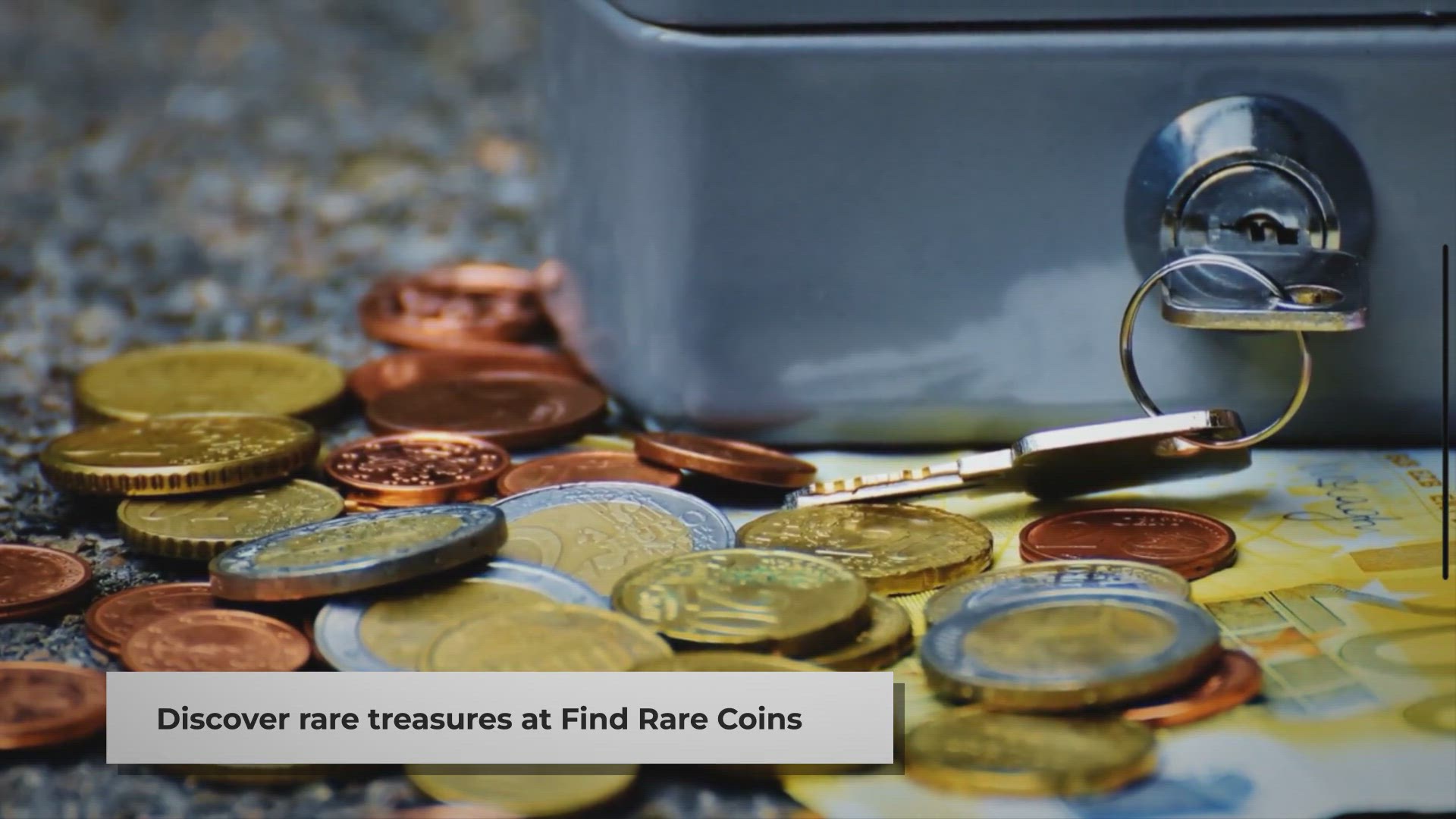
Discover Rare Coins and Collectibles at Find Rare Coins
10K views · Jul 23, 2024 findrarecoins.com
Explore an extensive collection of rare coins, stamps, banknotes, and precious metals at Find Rare Coins. Unlock the secrets of numismatics with our educational resources and find the perfect additions to your collection.

Discover Rare Coins and Collectibles at Find Rare Coins
10K views · Jul 23, 2024 findrarecoins.com
Explore an extensive collection of rare coins, stamps, banknotes, and precious metals at Find Rare Coins. Unlock the secrets of numismatics with our educational resources and find the perfect additions to your collection.

Discover Rare Coins and Collectibles at Find Rare Coins
10K views · Jul 23, 2024 findrarecoins.com
Explore an extensive collection of rare coins, stamps, banknotes, and precious metals at Find Rare Coins. Unlock the secrets of numismatics with our educational resources and find the perfect additions to your collection.

The Fascinating World of Stamp Collecting
3K views · Jul 30, 2024 findrarecoins.com
Explore the rich history, art, and investment potential of stamp collecting. Discover the joy of thematic collecting and learn tips to start your own philatelic journey.

The Fascinating World of Stamp Collecting
3K views · Jul 30, 2024 findrarecoins.com
Explore the rich history, art, and investment potential of stamp collecting. Discover the joy of thematic collecting and learn tips to start your own philatelic journey.
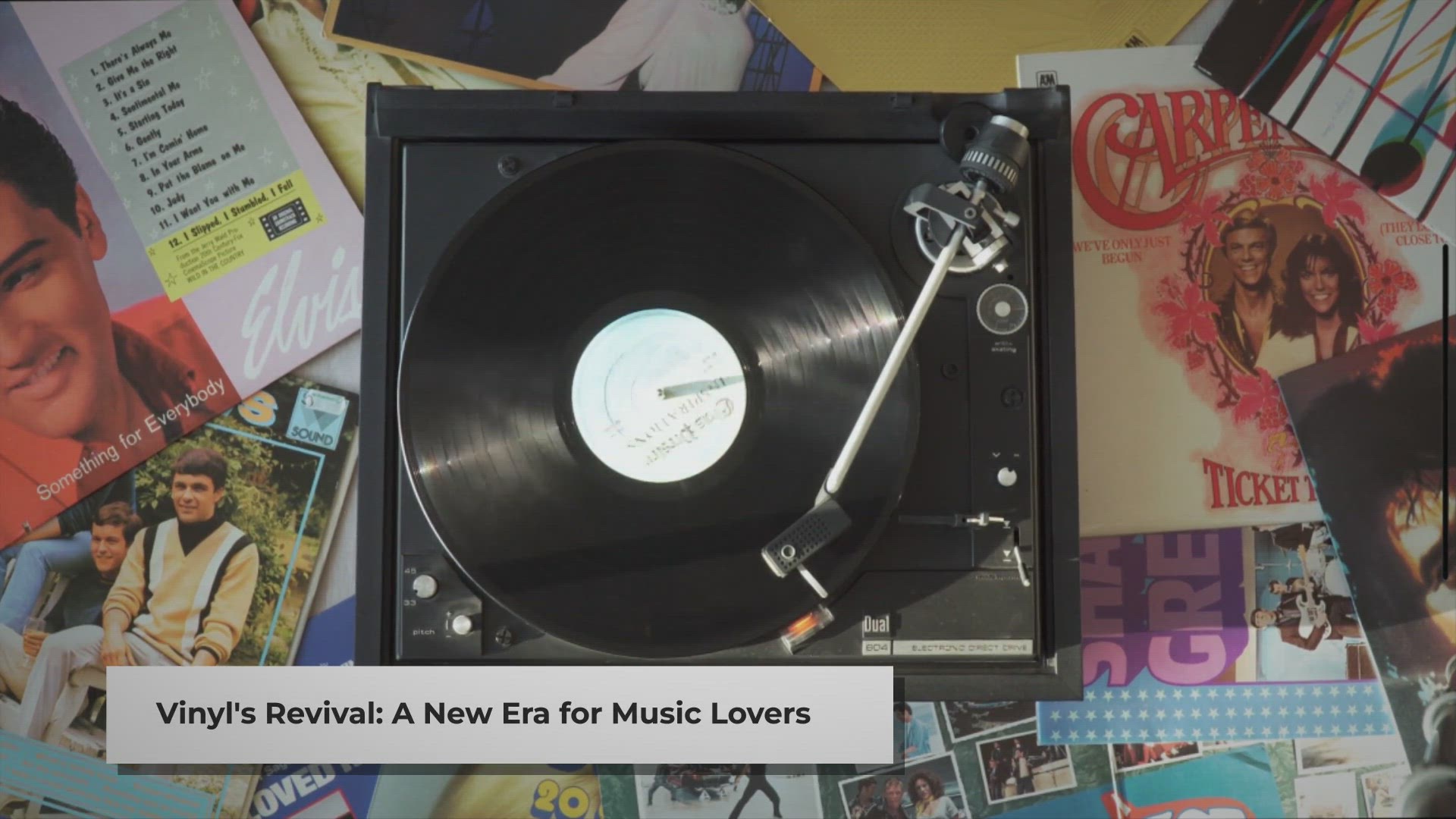
The Vinyl Revival: Why Records Are Back in Style
4K views · Aug 14, 2024 findrarecoins.com
Discover the reasons behind vinyl records' unexpected resurgence. From their unique sound quality to the tactile experience they offer, learn how these analog gems are winning over both longtime fans and new listeners in the digital age.

The Vinyl Revival: Why Records Are Back in Style
4K views · Aug 14, 2024 findrarecoins.com
Discover the reasons behind vinyl records' unexpected resurgence. From their unique sound quality to the tactile experience they offer, learn how these analog gems are winning over both longtime fans and new listeners in the digital age.
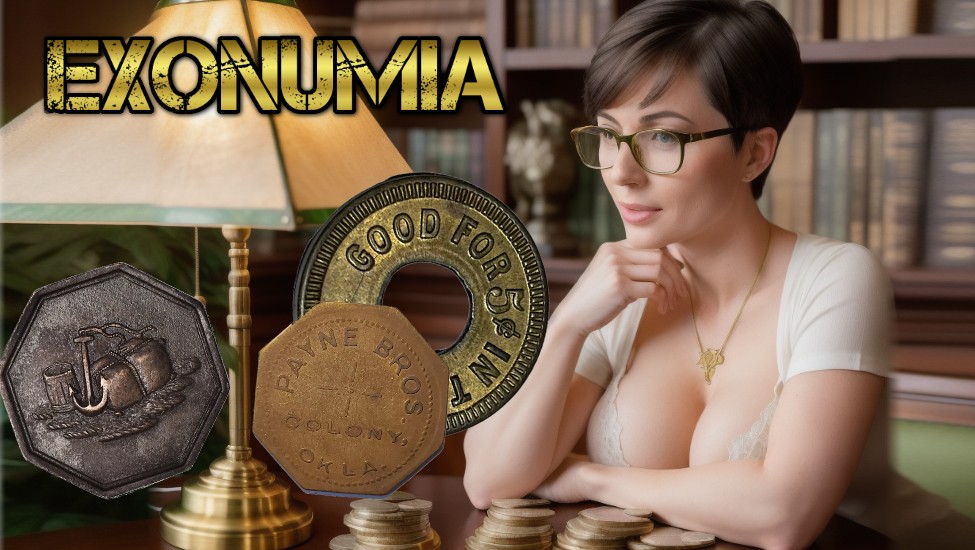
Exonumia_ The History of Non-Traditional Currency
638 views · Sep 23, 2024 findrarecoins.com
Exonumia, a term that encompasses various forms of numismatic items that are not legal tender coins or currency, has a rich and diverse history that spans across different cultures and time periods. The origins of exonumia can be traced back to ancient times when civilizations started using items other than coins for trade and commerce. For instance, in ancient Egypt, small metal tokens, known as "proto-money," were used as a form of exchange for goods and services. These early examples of exonumia were often shaped like animals, tools, or symbols, and served as a medium of exchange within a particular community or region.

Exonumia_ The History of Non-Traditional Currency
638 views · Sep 23, 2024 findrarecoins.com
Exonumia, a term that encompasses various forms of numismatic items that are not legal tender coins or currency, has a rich and diverse history that spans across different cultures and time periods. The origins of exonumia can be traced back to ancient times when civilizations started using items other than coins for trade and commerce. For instance, in ancient Egypt, small metal tokens, known as "proto-money," were used as a form of exchange for goods and services. These early examples of exonumia were often shaped like animals, tools, or symbols, and served as a medium of exchange within a particular community or region.

Antique Radio Collecting: Tips for Beginners and Enthusiasts
1K views · Sep 30, 2024 findrarecoins.com
Discover essential tips for buying and collecting antique radios. Learn about the importance of knowledge, condition assessment, authenticity verification, and pricing. Find out where to source vintage radios and get advice on restoration and maintenance. Perfect for both newcomers and seasoned collectors interested in preserving these historical treasures.

Antique Radio Collecting: Tips for Beginners and Enthusiasts
1K views · Sep 30, 2024 findrarecoins.com
Discover essential tips for buying and collecting antique radios. Learn about the importance of knowledge, condition assessment, authenticity verification, and pricing. Find out where to source vintage radios and get advice on restoration and maintenance. Perfect for both newcomers and seasoned collectors interested in preserving these historical treasures.
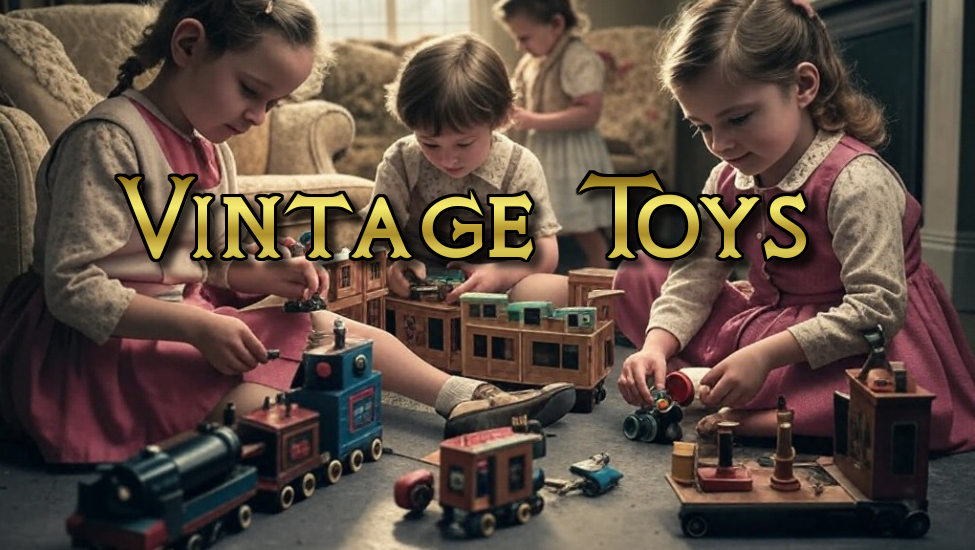
From Ancient Toys to Vintage Collectibles
1K views · Dec 9, 2024 findrarecoins.com
Toys have been an integral part of human culture, reflecting not only the creativity and imagination of their creators but also the societal norms and technologies of their times. From simple playthings carved from natural materials to sophisticated collectibles that fetch high prices at auctions, toys encapsulate history in miniature.

From Ancient Toys to Vintage Collectibles
1K views · Dec 9, 2024 findrarecoins.com
Toys have been an integral part of human culture, reflecting not only the creativity and imagination of their creators but also the societal norms and technologies of their times. From simple playthings carved from natural materials to sophisticated collectibles that fetch high prices at auctions, toys encapsulate history in miniature.

From Ancient Toys to Vintage Collectibles
1K views · Dec 9, 2024 findrarecoins.com
Toys have been an integral part of human culture, reflecting not only the creativity and imagination of their creators but also the societal norms and technologies of their times. From simple playthings carved from natural materials to sophisticated collectibles that fetch high prices at auctions, toys encapsulate history in miniature.